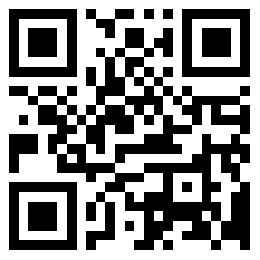Development and advantages of remote monitoring
With the progress of productivity, the distribution of equipment becomes more and more discrete. Single, independent monitoring systems can no longer meet the needs of industrialization, so distributed systems have emerged. This system is based on computer network, which makes the system resource allocation more reasonable. However, most of the distributed monitoring systems currently in operation are only on the LAN, and the usual measurement and control are only limited to the same location, so they have certain regional limitations. The Internet can realize the sharing of resources, so that people can solve the problems that were difficult to solve under the extremely limited resources, which provides favorable conditions for the development of remote monitoring systems.
Remote monitoring is that the local computer monitors and controls the remote end through the network system to complete the status monitoring of the decentralized control network and the diagnosis and maintenance of equipment. We usually integrate communication media and computer software that can realize remote monitoring The hardware system is called remote monitoring system. In the situation where the field equipment is widely distributed or the data is not easy to collect, it is necessary to be able to monitor the running status of the equipment in time and carry out effective control, which is the demand of remote monitoring technology in industrial production.
For a long time, video monitoring system is mainly used to monitor and control important areas or remote locations. Video monitoring technology has also been more and more widely used in power systems, telecommunications rooms, factories, urban transportation, water conservancy systems, community security and other fields. The video monitoring system transmits the real-time video stream collected by the monitoring point to the monitoring center in real time, which is convenient for the monitoring center to conduct remote monitoring and timely command and disposal of emergencies.
Advantages of remote monitoring:
The remote video monitoring system can be directly connected via standard telephone line, network, mobile broadband and ISDN data line Reaching any corner, it can control the PTZ/lens and store video surveillance images.
The remote transmission monitoring system transmits the remote activity scene to the viewer's computer screen through the ordinary telephone line, and has the ability to reverse dial the alarm to the receiving end when the alarm is triggered. The system consists of "monitoring host and receiving software". User owned equipment includes: video camera , a common PC, broadband line. The remote transmission monitoring system can transmit audio and video images at the speed of 15fps through standard telephone lines, broadband and ISDN data lines or direct connection, ordinary telephone lines. It allows simultaneous monitoring of six places and provides instant video alarm verification function. It is an economical and affordable remote transmission monitoring system that saves manpower, material resources and time.
With the help of remote monitoring, the information network inside the enterprise can be effectively connected with the control network, so that the production and operation conditions can be grasped at any time, and the production and operation conditions can be closely combined with the enterprise's business management strategy, so as to realize the comprehensive automation of the enterprise, and the monitoring data and online knowledge resource database within the network can be established. Through remote monitoring, real-time collection and rapid concentration of on-site operation data can be realized, and on-site monitoring data can be obtained, which provides a material basis for remote fault diagnosis technology; Through remote monitoring, technicians can monitor and control the operation status and various parameters of the production system and field equipment without visiting the site or harsh environment, so that the professionally trained personnel can "virtually" appear in many monitoring locations, and conveniently use the rich local software and hardware resources to carry out advanced process control on remote objects to maintain the normal operation of equipment, So as to reduce the number of staff on duty, and ultimately achieve the goal of no or few people on duty at the remote end, so as to achieve the goal of reducing staff and increasing efficiency.
At present, more and more enterprise groups are developing across regions. Using network technology to realize remote monitoring is of great significance for enterprises to reduce production costs, improve labor productivity, improve the scientific and technological content of their products, and enhance their comprehensive competitive strength.
![]()






